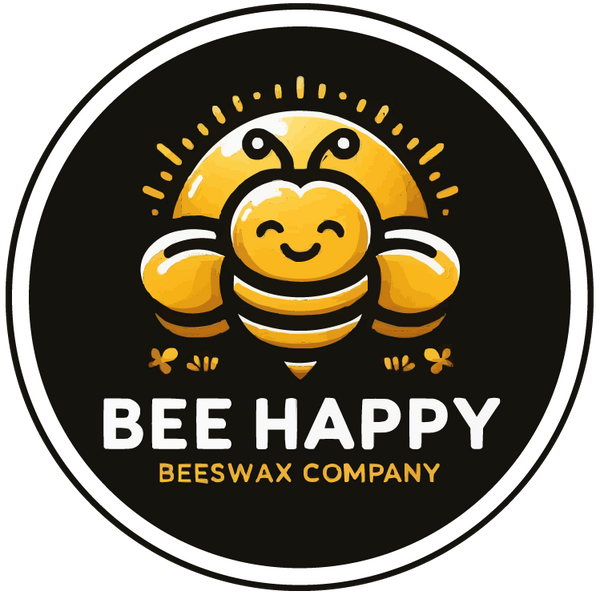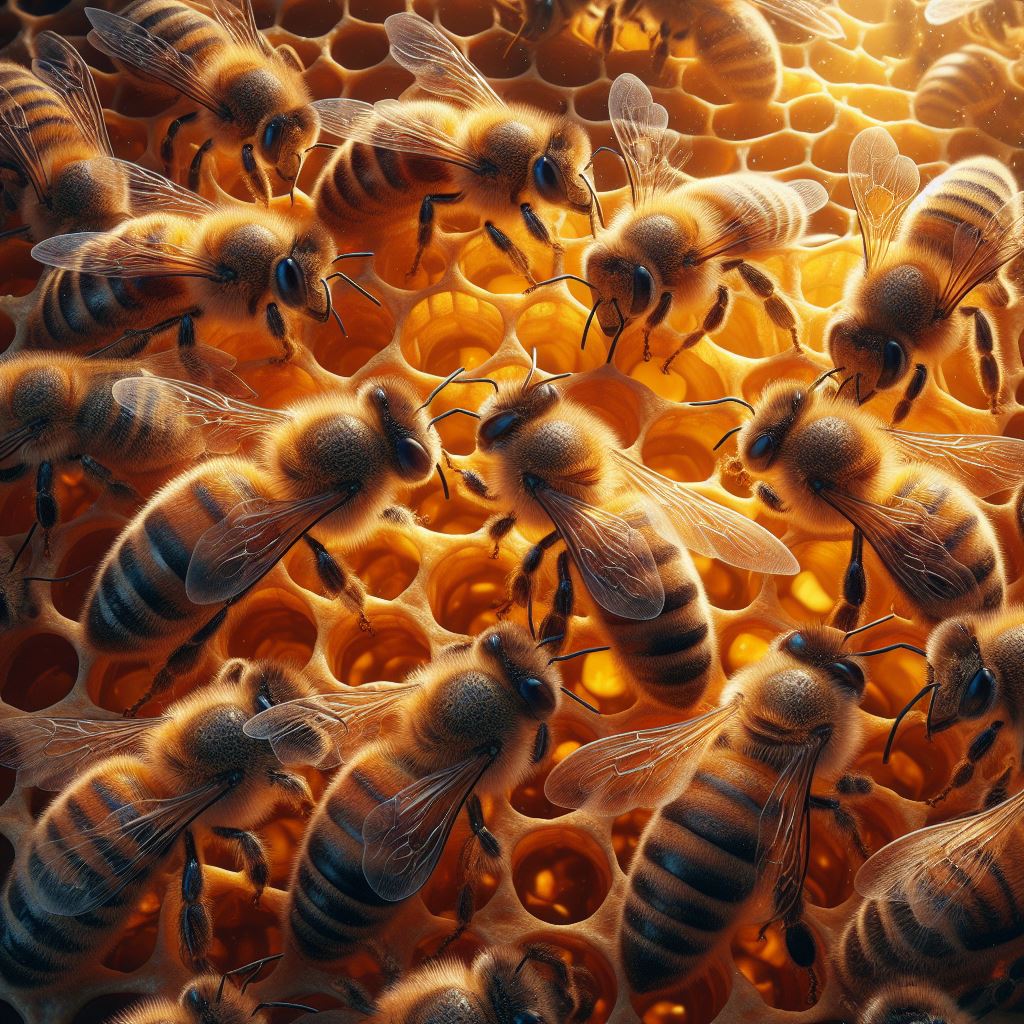A Versatile and Valuable Natural Material
Beeswax, a natural substance secreted by honeybees, is a versatile and valuable natural material that has been used for centuries in a variety of applications. It is commonly used in cosmetics, pharmaceuticals, and candles, among other products. The process of making beeswax begins with the honeybees themselves, who produce the substance as a byproduct of their honey-making activities.
The first step in the production of beeswax is the collection of honey from the beehives. Beeswax is secreted by special glands on the underside of the bees’ abdomens, and it is used by the bees to build the hexagonal cells of the honeycomb. Once the honey is collected, the beeswax can be harvested by scraping the comb from the frames of the hive. The honeycomb is then melted down to separate the beeswax from the honey.
Beeswax candles add a warm & inviting glow around a patio.
After the honeycomb has been melted down, the beeswax must be purified to remove any impurities that may be present. This process usually involves filtering the melted beeswax through a fine mesh or cloth to remove debris and other contaminants. The purified beeswax is then allowed to cool and harden, at which point it can be molded into the desired shape or used in its raw form.
The color and quality of beeswax can vary depending on the type of flowers the bees have visited to collect nectar. Beeswax that is produced from the nectar of orange blossoms, for example, will have a light golden color, while beeswax produced from the nectar of wildflowers may have a darker hue. The quality of the beeswax can also be affected by environmental factors, such as pollution or pesticide use in the area where the bees are collecting nectar.

Sign-up for our newsletter at the bottom of the page & be automatically entered into our $50 gift certificate, good for our store.
Canada only. Must be 18+.
In addition to its use in cosmetics and candles, beeswax also has several other practical applications. It is commonly used as a natural sealant and preservative for wood, leather, and other materials. Beeswax can also be used to waterproof fabrics and to polish furniture and other surfaces. Its antibacterial properties make it an ideal ingredient in natural household cleaners and personal care products.
Overall, the process of making beeswax is a labor-intensive but rewarding endeavor that has been practiced for centuries. From the hard work of the honeybees to the careful harvesting and purification of the beeswax, each step in the process contributes to the creation of this valuable natural material. Whether used in cosmetics, candles, or other products, beeswax continues to be a highly sought-after material with a wide range of practical applications.


